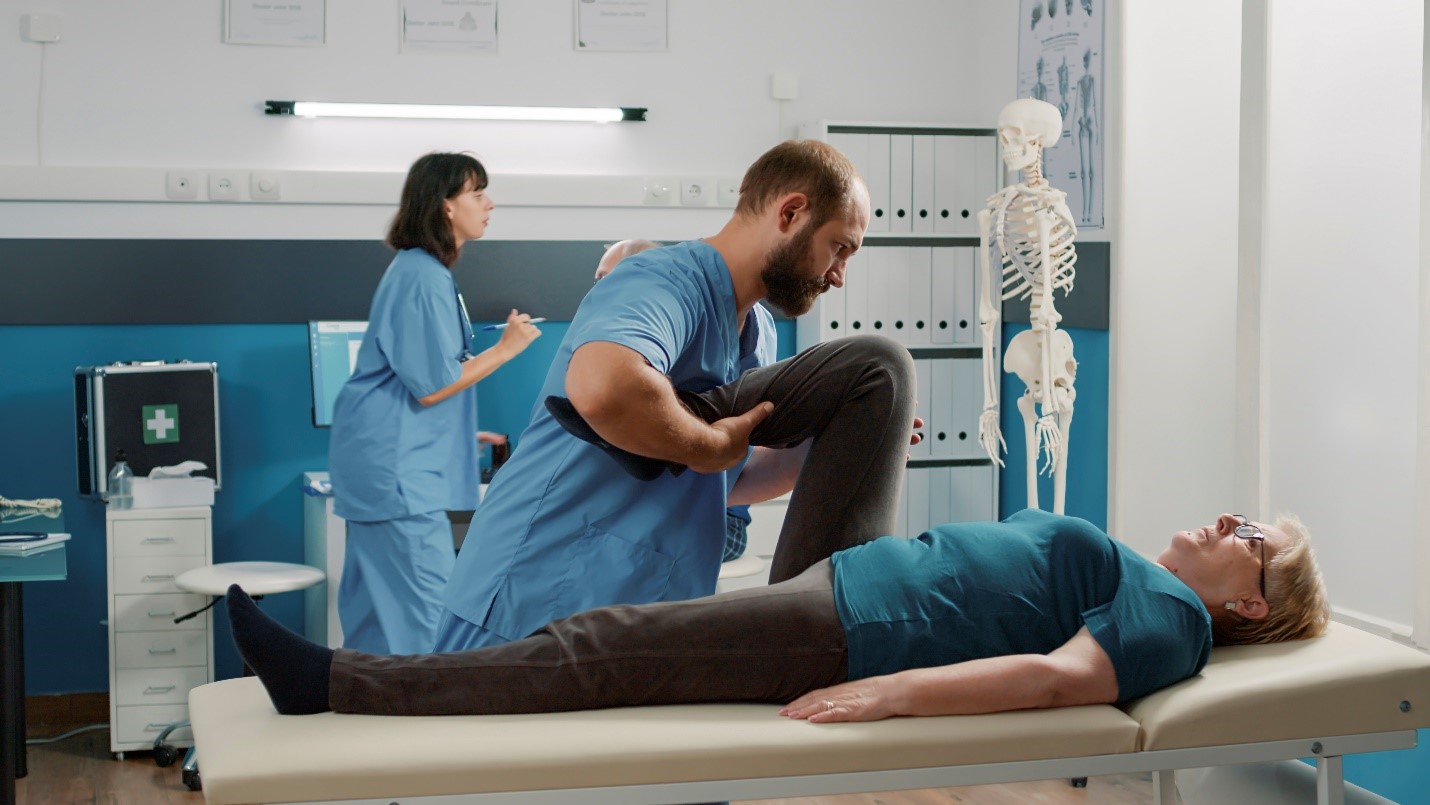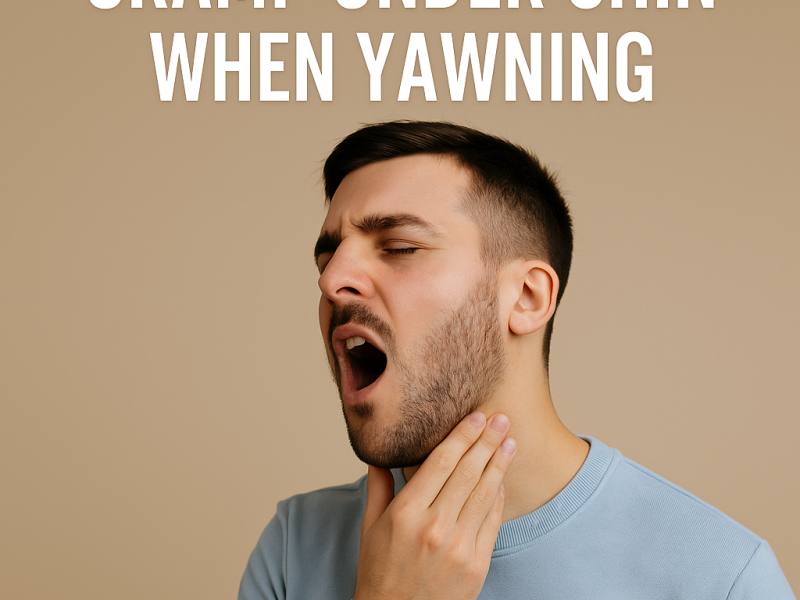Charley horses, those sudden and excruciating muscle cramps, can strike anyone at any time, but they’re particularly notorious for disrupting sleep, affecting up to 60% of adults at night. These intense spasms, often occurring in the calf muscle, result from sudden and involuntary contractions that can create a hard lump beneath the skin.
While the cramp typically lasts only seconds to minutes, the pain can linger for hours afterward. These muscle spasms aren’t limited to the calf; they can also occur in other muscles, including the hamstrings, biceps, triceps, and abs. Understanding how to manage these cramps is crucial. It is also important to consider pain management centers, like Wellness and Pain, to get expert treatment.
This article talks about the methods to treat charley horses, alleviate the pain, and prevent future episodes, empowering you to tackle this common yet painful muscle phenomenon.
Stretch it
Charley horses often occur due to overused muscles, leading them to contract. This contraction involves muscle fibers attaching and resisting release without some force.
When experiencing a charley horse, staying calm and breathing are crucial. Slowly move the affected leg or body part out of its current position.
For calf cramps, flex your foot slowly, even if it initially feels challenging. This action should alleviate the cramp within seconds.
Try straightening your leg and pulling your toes toward your shin to stretch the calf muscle. Walking around on your heels can also help. Continue pushing for a few minutes after the pressure diminishes to prevent the cramp from returning.
Massage it
While stretching is crucial for immediate relief from a charley horse, massage can be beneficial in reducing soreness afterward. You can massage the muscle with your hands, a roller, or a percussive massager like a Theragun.
A specific massage technique called cross-friction is also effective. For calf muscles, which have fibers running from the back of the knee toward the heel, cross friction involves massaging perpendicular to these fibers, moving back and forth across them.
Any rubbing, kneading, or digging into the muscle fibers in any direction will reduce pain.
Get hydrated and replenish electrolytes
Dehydration or deficiencies in certain minerals can contribute to charley horses, so it’s essential to hydrate and replenish electrolytes promptly. This hydration is especially crucial after exercise or exertion.
While sports drinks are commonly used for this purpose, they can be high in sugar. It is recommended to consider coconut water as an alternative, as it contains less sugar than some sports drinks.
Apply heat, ice, or both
While heat and ice may not immediately alleviate a charley horse, they can provide relief and comfort afterward. Heat is relaxing and can be applied using a heating pad if it feels soothing.
On the other hand, ice has a numbing effect, which can be beneficial if you’re experiencing significant pain and tension.
The choice between heat, ice, or both, as well as the duration of the application, depends on personal preference. Heat and ice do not directly reach the muscle through the skin and connective tissue, but effectiveness is primarily based on what feels comfortable to the individual.
Take a bath
Similar to applying heat and cold, taking a bath is not likely to provide immediate relief during a charley horse episode. However, a warm bath can help alleviate the soreness and tenderness that may occur afterward.
Adding Epsom salts to the bathwater can be beneficial, as they are known for their muscle-relaxing properties. Some medical experts suggest that the magnesium and sulfate in Epsom salts can be absorbed through the skin during the bath, contributing to muscle relaxation.
It is essential to consider the above methods to maintain maximum relief.


